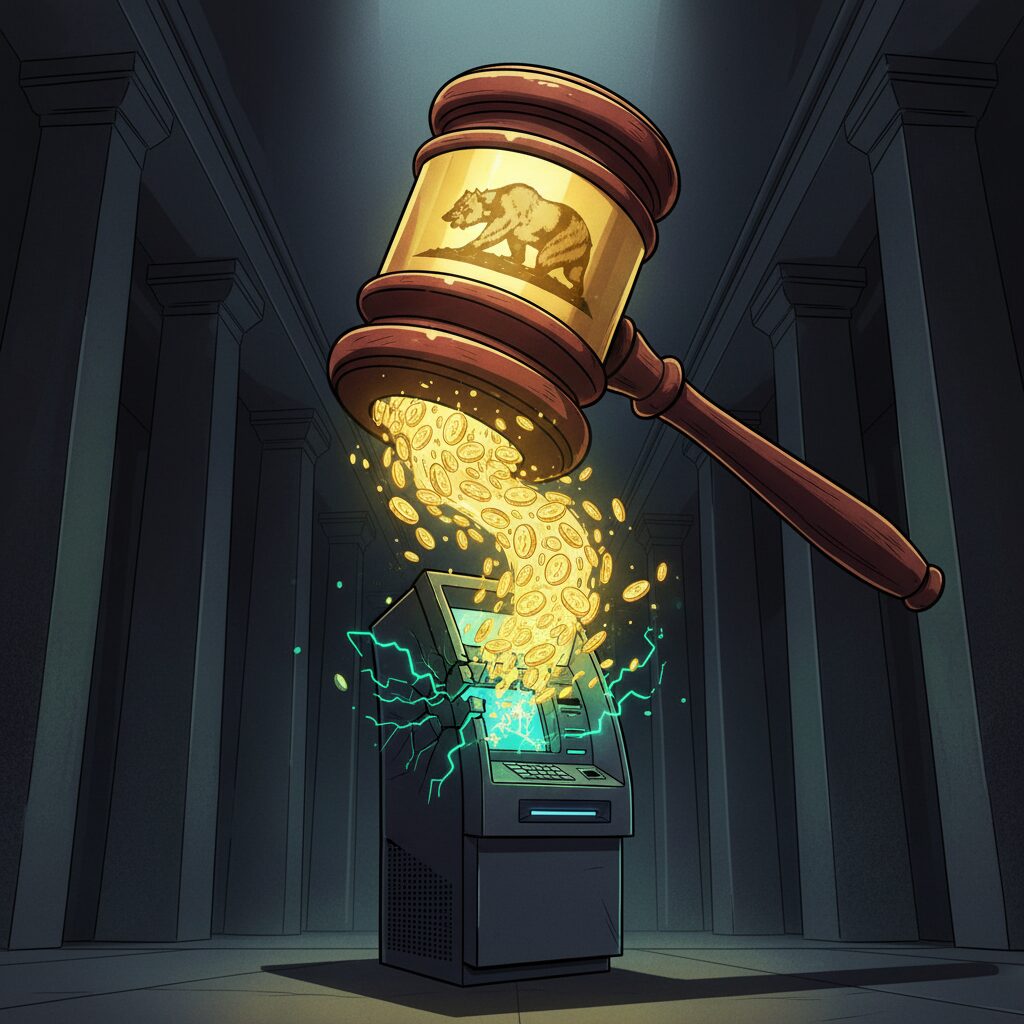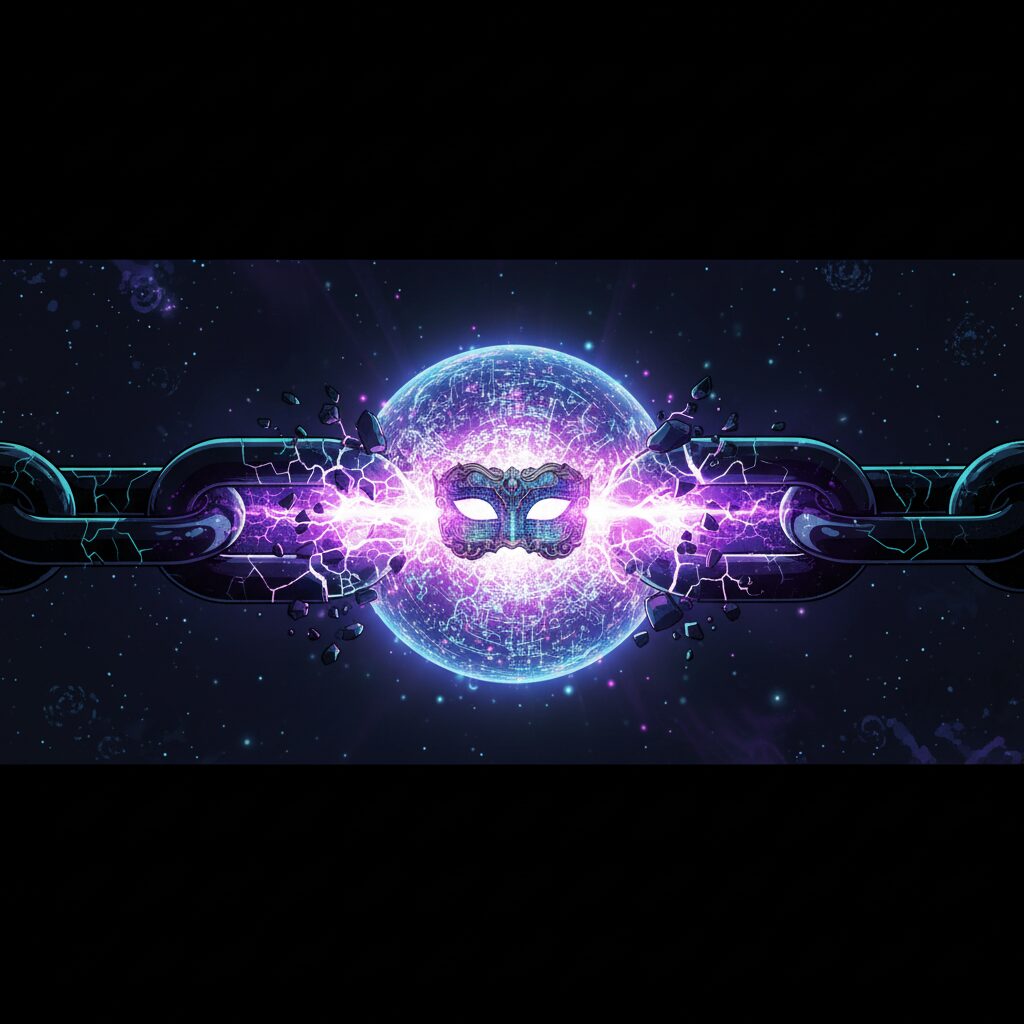Astar 2.0 Targets Enterprise DeFi with Major Scalability and Interoperability Upgrades

While blockchain scalability remains a significant hurdle to mainstream adoption, the Astar network is rolling out a major upgrade designed to enhance throughput, cross-chain compatibility, and developer flexibility. As the Decentralized Finance (DeFi) sector grapples with fragmentation, Astar 2.0 introduces targeted improvements that aim to merge enterprise-level capabilities with user-centric platforms, positioning itself as a key player in the industry’s evolution.
A Hybrid Approach to Scalability
The centerpiece of the upgrade is Astar Link, a hybrid chain solution connecting different blockchain layers. This technology enables seamless interaction between the Ethereum Virtual Machine (EVM) and Substrate-based environments. Astar Link functions as both a cross-chain hub and a marketplace for software development kits, simplifying the integration of scaling technologies like rollups and zero-knowledge (ZK) proofs. By lowering technical barriers, it fosters a modular ecosystem where developers can choose the best tools for their projects without being locked into a single framework.
To further boost performance, Astar has partnered with Soneium, an Ethereum Layer 2 platform built on the Optimism stack. This collaboration has already pushed Astar’s throughput to 150,000 transactions per second (TPS), with plans to exceed 300,000 TPS through future enhancements. Such high-speed performance is crucial for DeFi applications, where minimal delay is essential for both user experience and institutional confidence.
Forging Strategic Alliances for DeFi Growth
Astar’s technical advancements are reinforced by a growing network of strategic partners. The deployment of established DeFi protocols Aave and Uniswap on Soneium brings critical lending and liquidity features to the ecosystem, using ASTR as the native asset across multiple chains. This cross-chain liquidity is powered by Chainlink’s Cross-Chain Interoperability Protocol (CCIP), which allows ASTR to move seamlessly between Polkadot, Soneium, and the Superchain. This level of interoperability directly addresses the isolated asset problem that has historically limited DeFi’s expansion.
Enterprise integration is another cornerstone of Astar’s strategy. With backing from Sony and Startale, the platform is targeting the entertainment and automotive industries through real-world asset (RWA) collaborations with major corporations like Toyota and Mitsubishi. These alliances pave the way for innovative applications, such as tokenized vehicle ownership and AI-driven supply chain financing, demonstrating blockchain’s potential to integrate with established global industries.
A Redesigned Economic Model
The Astar 2.0 update also introduces revised token economics crafted to balance incentives for developers, users, and businesses. Adjustments to inflation, transaction fees, and staking rewards are designed to cultivate a self-sustaining ecosystem. A key feature, Staking 2.0, provides a unified account system compatible with both Wasm and EVM smart contracts. This simplifies user participation and lowers the barrier to entry for DeFi, making the platform more attractive to both individual and institutional participants seeking clear and reliable reward mechanisms.
Navigating Broader Market Challenges
Despite these advancements, the broader DeFi sector faces headwinds. Recent market data shows a significant drop in the industry’s total value locked (TVL). While Astar 2.0 has not yet released specific TVL figures for the recent quarter, its focus on interoperability and enterprise partnerships signals a strategy geared toward long-term, sustainable growth. The network’s flexibility to pivot toward emerging trends in gaming, AI, and RWA applications gives it a competitive edge over platforms that rely primarily on speculative capital, positioning it for resilience as the market matures.











